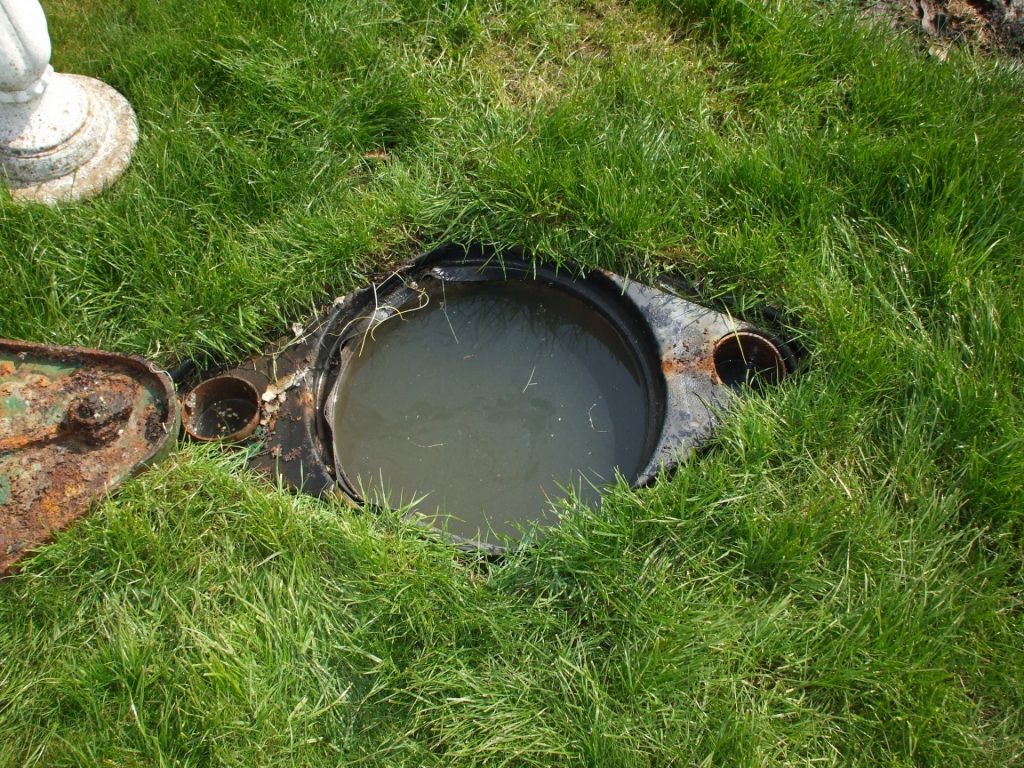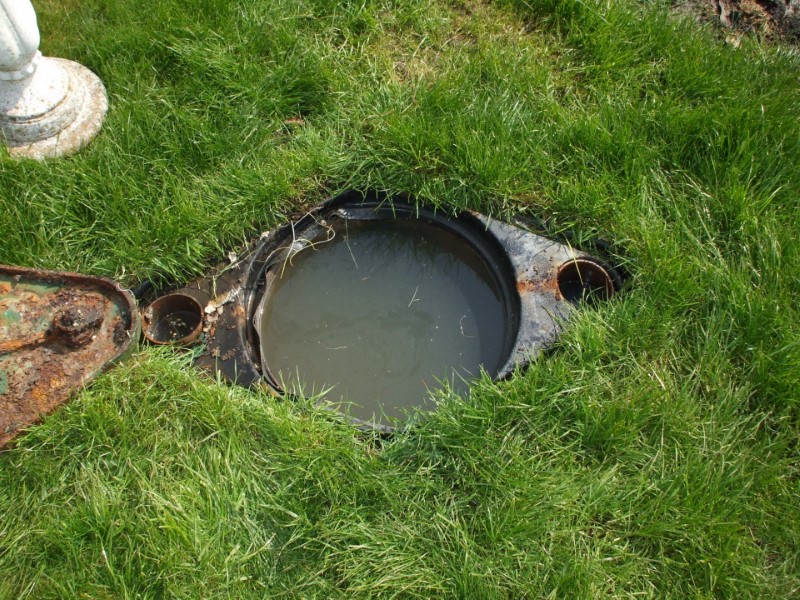
Blockage should always be prevented. Because of this, helpers for the septic system are installed. One is the grey water system. the grey water system is a system that received only wastewater from drains, sinks, washing machines, and dishwashers. If you have a grey water system, you lessen the water load that enters the septic tank. If the water load increases in the tank, the solid waste particles are stirred up. They are not broken down at a normal rate. As a result, they are pushed into the drain field, clogging the entire system. A grey water system treats and recycles the grey water to be reused as water for flushing the toilet or watering lawns.
Another helper would be the seepage pit. This is a hole in the ground installed near the septic tank. All it accepts is the liquid part of the wastewater. The septic tank takes care of the solid wastes already. The seepage pit has bio-mat that purifies the effluent. The aerobic bacteria in the seepage pit regulate the biomat population so that it won’t clog the system. When the seepage pit has already pre-treated the effluent, it is transformed into a safer form so that it could be reused in the surrounding environment.
The seepage pit could also be blocked. Many factors bring this problem about:
- Non-biodegradable materials. Plastics, grease, and paint end up in the seepage pit because they end up in the septic tank. They are dumped in toilets and drains. These cannot be broken down by the resident bacteria. They just stay in the tank and are then pushed into the seepage pit. They then block the pit
- Invasive root systems. Higher plants such as trees need a regular source of water and nutrients. They usually go for the seepage pit because it is the nearest to them. They grow into the seepage pit and then block the entire system. The roots usually create a wall that stops the normal flow of effluent.
- Water softener use. Hard water is a problem in many households. To treat it, water softeners are used. Salt is in water softeners to make the water usable.
Hard water has calcium and magnesium, which make soaps and detergents useless in washing chores. They do not lather up and this makes cleaning things a total nightmare. Hard water turns soap into a slimy scum that clogs drains and sinks. Water softeners enable the ion exchange between the salt ions and the calcium and magnesium ions. The magnesium and calcium ions are attracted to the beads of water softeners because of their stronger ions. Salt ions replace them in the water, making it usable. Salt may be beneficial this way but harmful to the septic. Salt kills off the bacteria in the tank. When this happens, wastewater treatment stops and all solid waste particles flow into the seepage pit, completely blocking it.
You should know how salt can cause blockage in a seepage pit so that you could keep your entire septic system functional for a long period.
